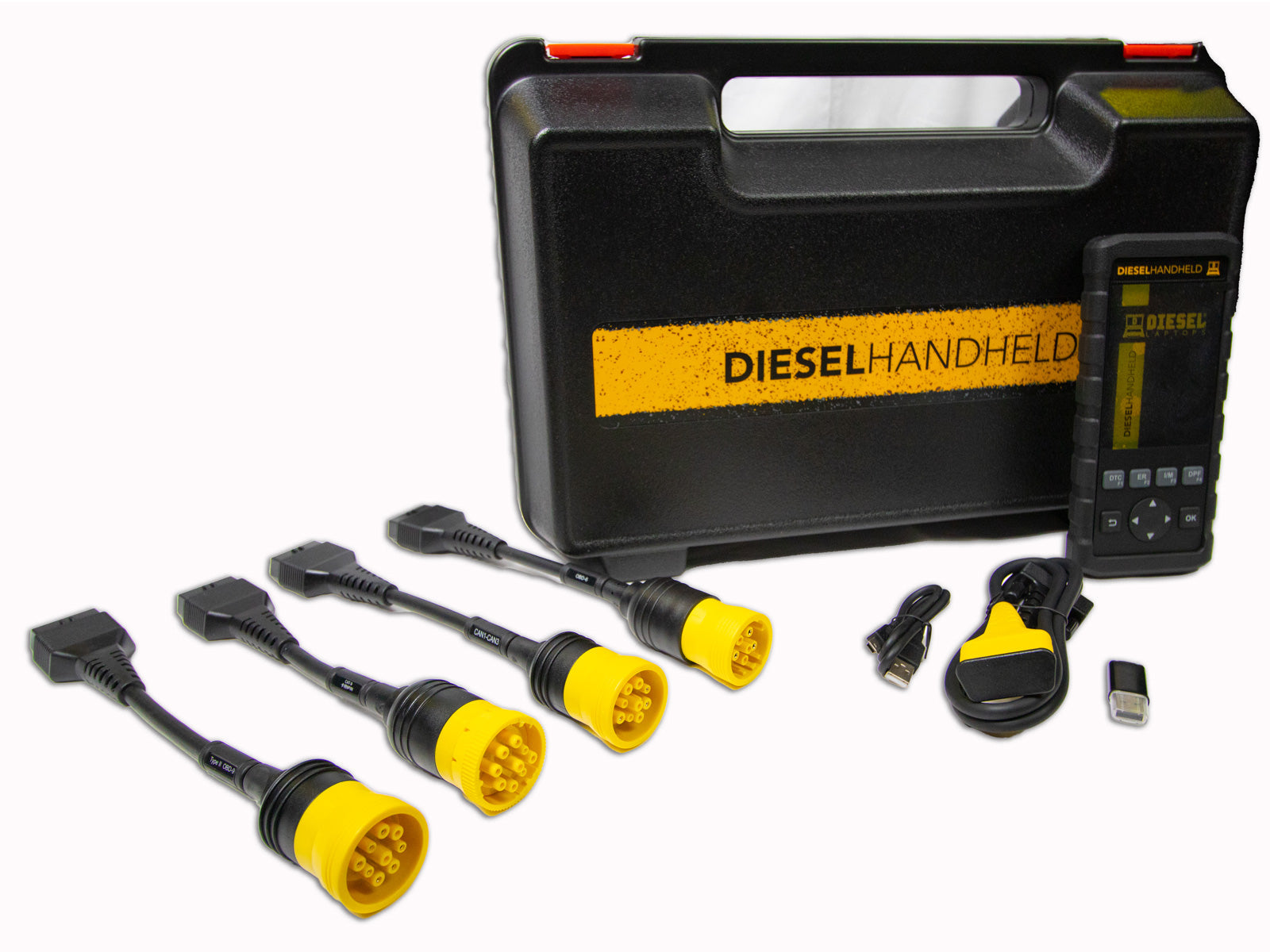There are a lot of cheap J1939 code readers that work, and many will clear codes after the problem has been corrected, but after trying several, including OTR which is great but requires an annual subscription, I’ve landed on this one as ideal for the coach owner:
Please Note: This kit is used and is in good condition. The Diesel Handheld scanner is very simple to use. This handheld is specifically designed for the heavy-duty market. It allows reading and clearing of DTC's, Live data reading, and even DPF regens on most makes and models. This tool comes...

www.diesellaptops.com
This is a great deal - half price, and they don’t always have used units available. I bought mine used and couldn't tell it from new. Also their customer service/tech support is outstanding. But you can also retrieve codes from your dash, and there are numerous cheaper J1939 code readers on Amazon.













